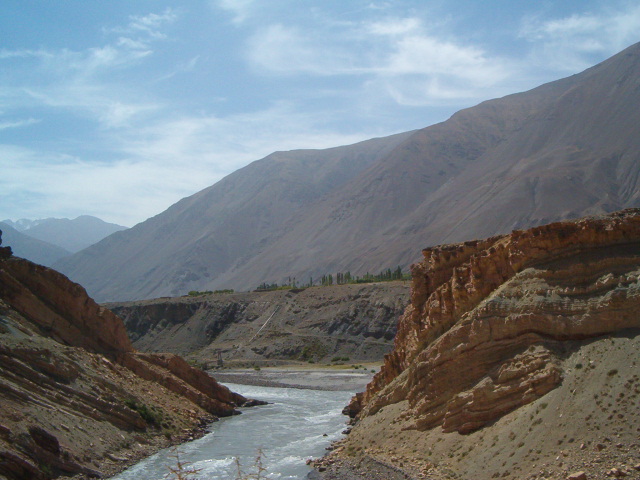|
Eocarterus Chodshenticus
''Eocarterus chodshenticus'' is a species of ground beetle in the genus Eocarterus. It is common in the Zarafshan Range The Zarafshan Range (russian: Зеравшанский хребет, ''Zeravšanskij hrebet''; tg, Зарафшон; uz, Zarafshon; also Zeravshan or Zarafshon; from Persian ''Zar-afshān'', meaning "the sprayer of gold") is a mountain range ... of Uzbekistan, wherein populations of the beetle increase with increasing altitude. References C Beetles described in 1871 Fauna of Uzbekistan {{Harpalinae-stub ... [...More Info...] [...Related Items...] OR: [Wikipedia] [Google] [Baidu] |
Ground Beetle
Ground beetles are a large, cosmopolitan family of beetles, the Carabidae, with more than 40,000 species worldwide, around 2,000 of which are found in North America and 2,700 in Europe. As of 2015, it is one of the 10 most species-rich animal families. They belong to the Adephaga. Members of the family are primarily carnivorous, but some members are phytophagous or omnivorous. Description and ecology Although their body shapes and coloring vary somewhat, most are shiny black or metallic and have ridged wing covers (elytra). The elytra are fused in some species, particularly the large Carabinae, rendering the beetles unable to fly. The species ''Mormolyce phyllodes'' is known as violin beetle due to their peculiarly shaped elytra. All carabids except the quite primitive flanged bombardier beetles (Paussinae) have a groove on their fore leg tibiae bearing a comb of hairs used for cleaning their antennae. Defensive secretions Typical for the ancient beetle suborder Adephaga to wh ... [...More Info...] [...Related Items...] OR: [Wikipedia] [Google] [Baidu] |
Eocarterus
''Eocarterus'' is a genus of beetles in the family Carabidae. It contains eight species divided into two subgenera, ''Eocarterus'' and ''Baeticocarus''. Species Subgenus ''Baeticocarus'' This subgenus contains the following species: * ''Eocarterus amicorum'' Wrase, 1993 * ''Eocarterus baeticus'' Rambur, 1837 Subgenus ''Eocarterus'' This subgenus contains the following species: * ''Eocarterus chodshenticus'' Ballion, 1871 * ''Eocarterus esau'' Heyden, 1885 * ''Eocarterus propagator'' Reitter, 1901 * ''Eocarterus semenowi'' (Reitter, 1893) * ''Eocarterus tazekensis'' Antoine, 1959 * ''Eocarterus usgentensis'' Heyden, 1884 References Eocarterus, Beetles described in 1923 Carabidae genera {{Harpalinae-stub ... [...More Info...] [...Related Items...] OR: [Wikipedia] [Google] [Baidu] |
Zarafshan Range
The Zarafshan Range (russian: Зеравшанский хребет, ''Zeravšanskij hrebet''; tg, Зарафшон; uz, Zarafshon; also Zeravshan or Zarafshon; from Persian ''Zar-afshān'', meaning "the sprayer of gold") is a mountain range in Tajikistan and Uzbekistan, part of the Pamir-Alay mountains. Almost all of the range belongs to the drainage basins of the Zarafshan River. The Persian name is believed to possibly be a reference to gold found in bed of the Zarafshan River and its tributaries, which has ushered prosperity to the region from ancient times. Geography and geology The range extends over in an east−west direction along the south of Sughd Region in Tajikistan, reaching the highest point of (Chimtarga Peak) in its central part. South-west of Panjakent the range crosses from Tajikistan into Uzbekistan, where it continues at decreasing elevations () along the internal border between Samarkand and Kashkadarya Regions provinces, until it blends into the ... [...More Info...] [...Related Items...] OR: [Wikipedia] [Google] [Baidu] |
Beetles Described In 1871
Beetles are insects that form the order Coleoptera (), in the superorder Endopterygota. Their front pair of wings are hardened into wing-cases, elytra, distinguishing them from most other insects. The Coleoptera, with about 400,000 described species, is the largest of all orders, constituting almost 40% of described insects and 25% of all known animal life-forms; new species are discovered frequently, with estimates suggesting that there are between 0.9 and 2.1 million total species. Found in almost every habitat except the sea and the polar regions, they interact with their ecosystems in several ways: beetles often feed on plants and fungi, break down animal and plant debris, and eat other invertebrates. Some species are serious agricultural pests, such as the Colorado potato beetle, while others such as Coccinellidae (ladybirds or ladybugs) eat aphids, scale insects, thrips, and other plant-sucking insects that damage crops. Beetles typically have a particularly hard exoske ... [...More Info...] [...Related Items...] OR: [Wikipedia] [Google] [Baidu] |


